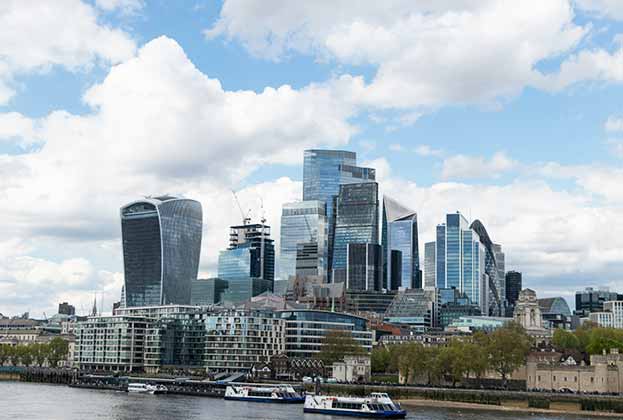The City of London Corporation’s announcement that it plans to introduce a new Article 4 direction removing all permitted development rights (PDR) for commercial to residential in the City when the current Article expires in August 2022, alongside aims to create up 1,500 new homes in the Square Mile by 2030, made headlines last month.
Being a commercial agent, you would probably assume that I’d be on the side of The London Property Alliance (LPA) and others who have pushed back against the proposals. But you would be wrong.
The LPA has said that if London, or other cities, allows PDR it may 'dilute the clustering of the core economic activity of these locations'. While I would agree to an extent that any relaxation or change in planning rules must be properly thought through so it doesn’t result in the delivery of poor quality homes, a closer reading of the documentation shows that office to resi conversions are not the Corporation’s preferred route. In principle, however, the intent to mix more residential in among commercial uses is largely sound.
While we have a picture of the City being a series of gleaming office buildings housing the world’s leading financial service institutions, the reality is that this is a relatively new creation. Historically, the City was made up of series of small villages, where residential quite happily sat alongside commercial uses. The commercially dominated City we have today is the anomaly, not the norm. Adding back in some residential will inject a new lease of life into areas which are otherwise almost silent outside core working hours.
For those who work in the City and relocate to live in such units, they’ll have short commutes within the 15-minute city model we’re seeing gain traction post Covid-19. And for those City workers that don’t live in this residential, the amenities that will come alongside it will contribute to a better working environment and a sense of vibrancy which has traditionally been lacking in certain areas.
Back to the LPA’s point, though, that office to resi conversions will 'dilute the clustering of the core economic activity', the truth is that from the initial documentation available, seemingly the Corporation isn’t looking to convert office space into residential use, but to retain and protect existing office stock and only allow residential in specific locations.
However, if it did come to pass that some offices were repurposed, the type of buildings likely to be converted aren’t going to be the prime or Grade A spaces that form the beating heart of London’s financial and business strength.
The spaces targeted are likely to be smaller, mid-sized spaces in older buildings which are no longer fit for purpose for most modern occupiers, not offering the appropriate floorplates or high ESG credentials that are now top of tenant wish-lists.
The traditional tenant base for these offices, largely those small or medium-sized occupiers, are generally now taking flexible space with serviced office providers instead, leaving these buildings empty. The argument that changing them to resi will dilute economic activity therefore doesn’t hold water, as they’re not contributing much to begin with. Swapping in residential will instead provide an economic boost.
The City remains the UK’s financial services powerhouse, but as it has done many times already in its history it must continue to evolve. Bringing in a moderate amount of good quality residential alongside commercial uses will strengthen, not weaken, it.
Further information
City of London planning: residential in the post-pandemic square mile
.jpg)




.jpg)

.jpg)


